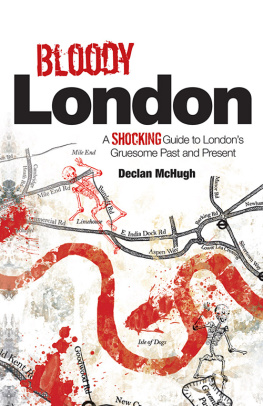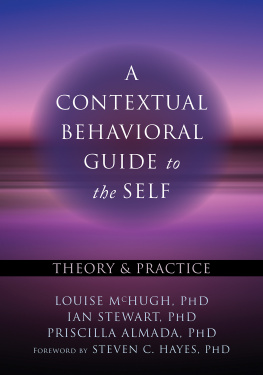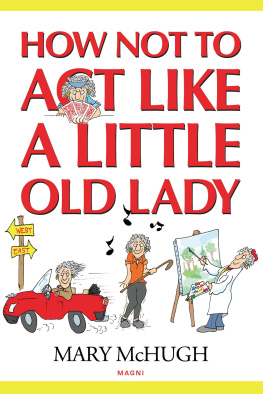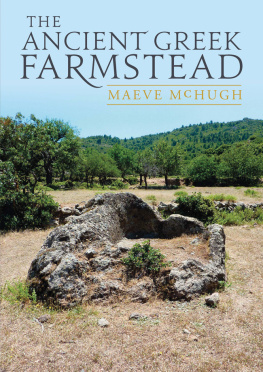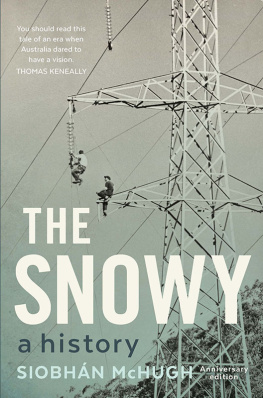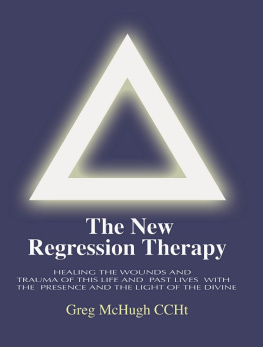McHugh - Love and honor in the Himalayas coming to know another culture
Here you can read online McHugh - Love and honor in the Himalayas coming to know another culture full text of the book (entire story) in english for free. Download pdf and epub, get meaning, cover and reviews about this ebook. City: Philadelphia, year: 2001, publisher: University of Pennsylvania Press, Inc., genre: Home and family. Description of the work, (preface) as well as reviews are available. Best literature library LitArk.com created for fans of good reading and offers a wide selection of genres:
Romance novel
Science fiction
Adventure
Detective
Science
History
Home and family
Prose
Art
Politics
Computer
Non-fiction
Religion
Business
Children
Humor
Choose a favorite category and find really read worthwhile books. Enjoy immersion in the world of imagination, feel the emotions of the characters or learn something new for yourself, make an fascinating discovery.

- Book:Love and honor in the Himalayas coming to know another culture
- Author:
- Publisher:University of Pennsylvania Press, Inc.
- Genre:
- Year:2001
- City:Philadelphia
- Rating:5 / 5
- Favourites:Add to favourites
- Your mark:
- 100
- 1
- 2
- 3
- 4
- 5
Love and honor in the Himalayas coming to know another culture: summary, description and annotation
We offer to read an annotation, description, summary or preface (depends on what the author of the book "Love and honor in the Himalayas coming to know another culture" wrote himself). If you haven't found the necessary information about the book — write in the comments, we will try to find it.
Love and honor in the Himalayas coming to know another culture — read online for free the complete book (whole text) full work
Below is the text of the book, divided by pages. System saving the place of the last page read, allows you to conveniently read the book "Love and honor in the Himalayas coming to know another culture" online for free, without having to search again every time where you left off. Put a bookmark, and you can go to the page where you finished reading at any time.
Font size:
Interval:
Bookmark:
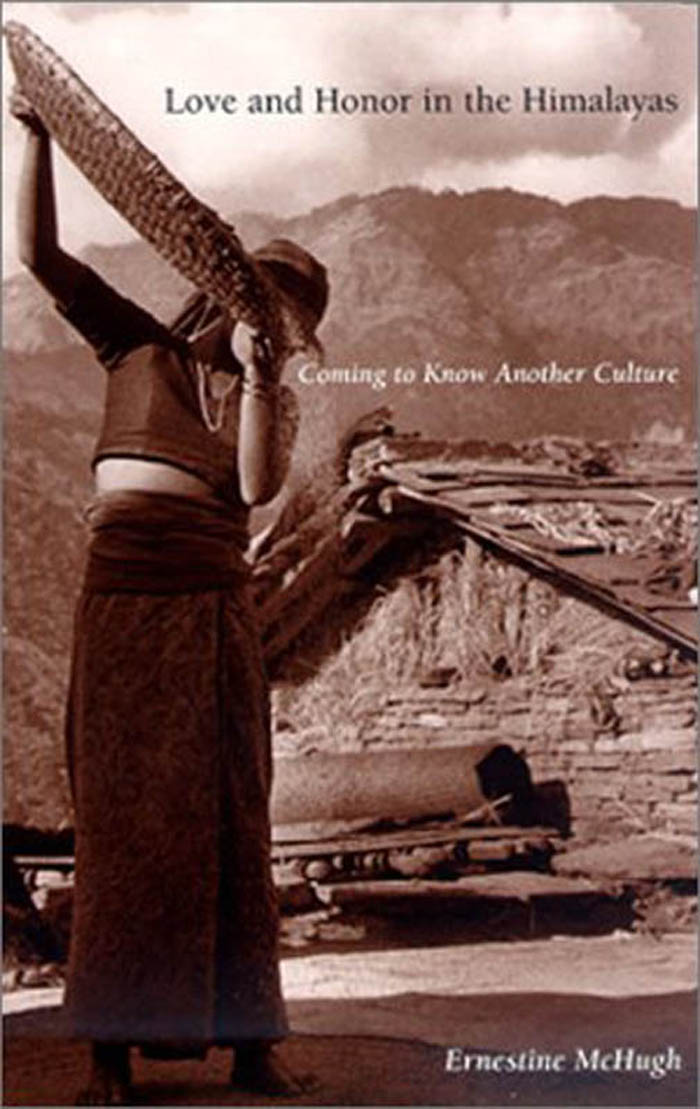
Love and Honor in the Himalayas

in the Himalayas
Coming to Know Another Culture
Ernestine McHugh
PENN
University of Pennsylvania Press
Philadelphia
Contemporary Ethnography
Series Editors
Dan Rose
Paul Stoller
A complete list of books in the series
is available from the publisher.
Copyright 2001 University of Pennsylvania Press
All rights reserved
Printed in the United States of America on acid-free paper
10 9 8 7 6 5
Published by
University of Pennsylvania Press
Philadelphia, Pennsylvania 19104-4011
Library of Congress Cataloging-in-Publication Data
McHugh, Ernestine Louise, 1952
Love and honor in the Himalayas : coming to know
another culture / Ernestine McHugh.
p. cm. (Contemporary ethnography)
Includes bibliographical references and index.
ISBN 978-0-8122-3586-9(cloth : alk. paper)
ISBN 978-0-8122-1759-9(pbk. : alk. paper)
1. Gurung (Nepalese people) 2. McHugh, Ernestine
Louise, 1952 3. EthnologyField work. I. Title.
II. Series.
DS493.9.G84 M344 2000
306'.095496dc21 00-062862
for Ursula
Record what goes on in everyday life with as much of your life blood and theirs on the paper as if you were writing about death and birth. In Eliots phrase, an ultimate simplicity costing not less than everything.
Gregory Bateson,
letter to the author, 22 February 1974
All photographs were taken by the author.
In Tebas Village
The Headmans Family
Jimwal/Apathe headman of Tebas
Lalita/AmaJimwals wife, married into Tebas from Torr
ThaguJimwals eldest son, away in India with the army
TsonThagus wife
RatnaTsons baby
MailaJimwals second son
SailaJimwals third son
AgaiJimwals eldest daughter, married into another village
MailiJimwals second daughter, also married
SeyliJimwals third daughter
KanchiJimwals fourth daughter
BuntiJimwals foster daughter
BadhayJimwals elder brother
AtayBadhays wife
LakshmanBadhays eldest son, away in the army
SarasLakshmans wife
RamBadhays second son
RadhaRams wife
GopalBadhays youngest son
Neighbors/Friends
Leelathe young wife of a soldier away in Hong Kong
Rita and Minatwo young sisters
Amre and AmmailiLalitas friends
Mallum, Bhayo, and Munaold women, each living alone
In Dusam
Amrit Kumaria middle-aged woman who runs the general store
Tika PrasadAmrit Kumaris husband
In Cliff Shelter
Bhimsenan former army officer who runs an inn with his wife and children
ManjuBhimsens daughter
In Torr
PajonJimwals sister, married into Torr from Tebas, now widowed
SivaPajons son
AnnaBadhays daughter, married into Torr, now widowed; lives next door to Pajon
Neem BahadurLalitas brother, who lives with their mother and his wife and children
Religious Personae
Maila lamaa learned and respected Buddhist lama from the northern regions
Prema lamaa lama trained in the north who lives in Tebas
Tej lamaa village lama whose family traditionally serves Tebas
Dharmamitraa Theravada Buddhist nun from Pokhara
Tinianother Theravada nun, Dharmamitras friend, from Kathmandu
The Gurung people live in the foothills of the Annapurna mountains, a range of the Himalayas in Nepal. Their villages, tightly clustered like medieval towns, dot the slopes, surrounded by cascades of terraced fields. I lived in one of those villages for a number of years, and this is the story of what I learned there. I cannot describe the story in a few sentences, nor could I convey the sense of it through analysis. It is about a complex world and the people who inhabited it. It is about possibility and place, and what people make of their places and their lives. It is about fragmentation and loss, imagination and affection.
The people with whom I lived sometimes mentioned that though their lives were full of toil and hardship, they were fortunate to live in a place with ramro hawa-pani, literally good wind and water, which in Nepali means a wholesome or pleasant climate. This phrase evokes not just a sense of good weather, but of a landscape that is kind and bountiful and creates propitious conditions for life. Although people in the village spoke of how loss and misfortune were inevitable in existence, a view shared by most Buddhists, what they stressed above all was the importance of living with grace, kindness, and generosity in the midst of suffering, and of cultivating appreciation and equanimity (a good climate, as it were) in ones own being, regardless of circumstances. The climate in the village was largely one of graciousness and good-humor, with the sorrows of life making its joys more poignant and amplifying the value of human connection.
My involvement with the Himalayas began when I was an undergraduate, in a research project that was directed toward understanding the relationship between ritual, social life, and personal experience. I developed this project under the direction of Gregory Bateson, with whom I worked closely from 1972 to 1977. At that time, I knew little about anthropology, but I had mapped out a project relating to culture and the aesthetics of life. To carry out the work for which Gregory was my mentor, I went to Nepal and lived there from July 1973 through April 1975. Most of that time was spent in Tebas village. I returned and wrote a thesis for my bachelors degree under Gregorys direction. It was a credible intellectual exercise, and that is what it felt like: an exercise, not fully alive, not quite complete. Gregory suggested that at some time it would be good for me to write about these people from a more personal point of view, to bring the reader to them through my experience. I made some attempts, but I was too young and too close to it. My writing faltered.
In 1977, I went to graduate school at the University of California at San Diego. This taught me the conventions of the academy and sharpened my mind, as well as providing an array of anthropological perspectives with which to engage the world. My advisor, Roy DAndrade, had the perceptiveness and generosity to help me follow my intuitions through to intellectual conclusions, to clarify and ground them. He encouraged me toward a purity and directness of expression that helped me understand my own ideas more deeply and to develop them as fully as possible. He gave me the tools I needed to live the intellectual elegance that Gregory had revealed to me, the understandings I could intimate but not quite reach with him.
I returned to Nepal for the summer in 1978 and I lived there again from 1980 to 1982 for my doctoral research, each time going back to Tebas village to live with the same family. My last trip to the Himalayas before writing this book was in 1987, when I carried out a study on maternal and child health care for the U.S. Agency for International Development. I have went back two summers ago, and look forward to returning again.
After completing my doctorate, I went on to teach, and am now a professor at the University of Rochesters Eastman School of Music, in an interdisciplinary department charged to instruct students about intellectual life and the world. I have published articles on self and personhood, emotion and ritual, as well as on concepts of honor, subjects I care about and find compelling.
Font size:
Interval:
Bookmark:
Similar books «Love and honor in the Himalayas coming to know another culture»
Look at similar books to Love and honor in the Himalayas coming to know another culture. We have selected literature similar in name and meaning in the hope of providing readers with more options to find new, interesting, not yet read works.
Discussion, reviews of the book Love and honor in the Himalayas coming to know another culture and just readers' own opinions. Leave your comments, write what you think about the work, its meaning or the main characters. Specify what exactly you liked and what you didn't like, and why you think so.

